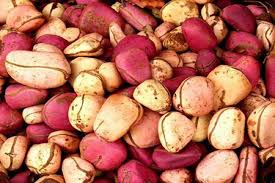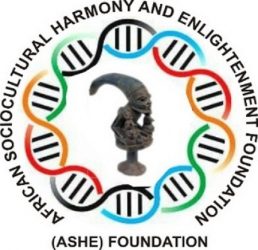Suddenly the door burst open, diverting the gaze of the audience that had been fixated on Oonirisa Ogunwusi, who had just returned a few minutes earlier from a seven day spiritual retreat, looking angelic in a white scarf with a single red feather.
The people had been looking expectantly towards Oonirisa Ogunwusi for messages and blessings from the beyond, when the tall warriorlike king dressed in Orunmila leopard skin with Oguns spear-like staff burst unto the scene beyond expectations.
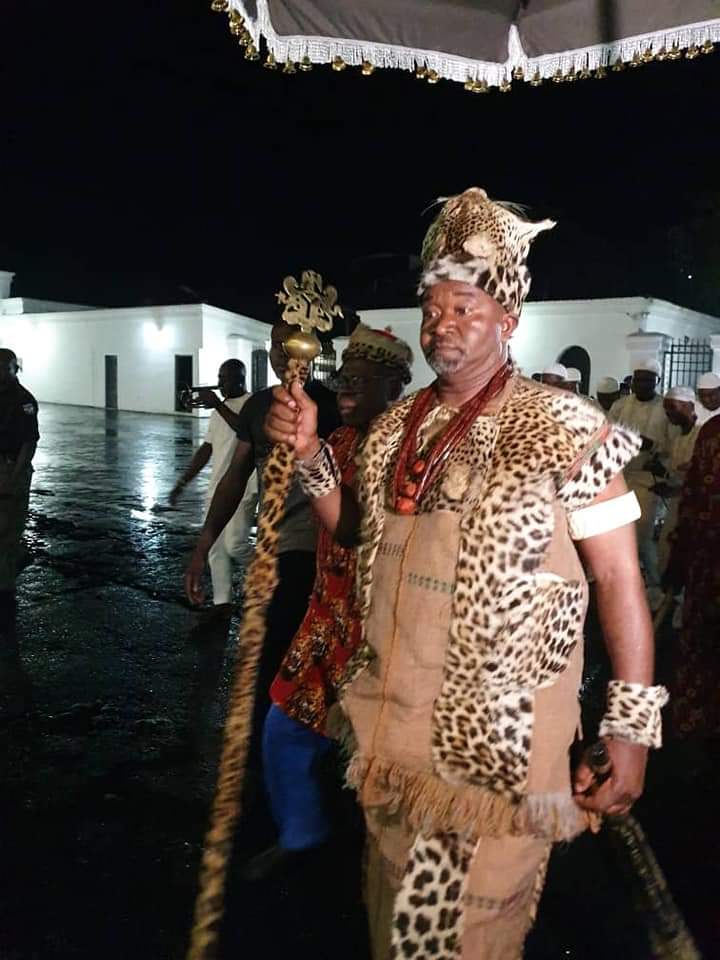
People were awestruck as the majestic visitor stamped his spear like staff on the ground and proceeded towards the throne. This was a brother. The leopard is the totem of all Original African cultures.
In Yoruba, it is the symbol of Orunmila civilization, the beginning of human civilization and creator of the Original African Information Retrieval System called Ifa in Yoruba, Afa in Igbo and other names across South and Middlbelt of Nigeria.
He could have come from any of the over 2000 Niger Congo ethnolinguistic groups, extending from Gambia to South Africa, who shared the leopard totem, but his red capped entourage gave away their origin as Ndigboland. This was the Eze Uzu III of Awka, Obi Nwosu, from the heartland of ancient Nri Kingdom, the land of fabled blacksmiths, now the capital of Anambra state.
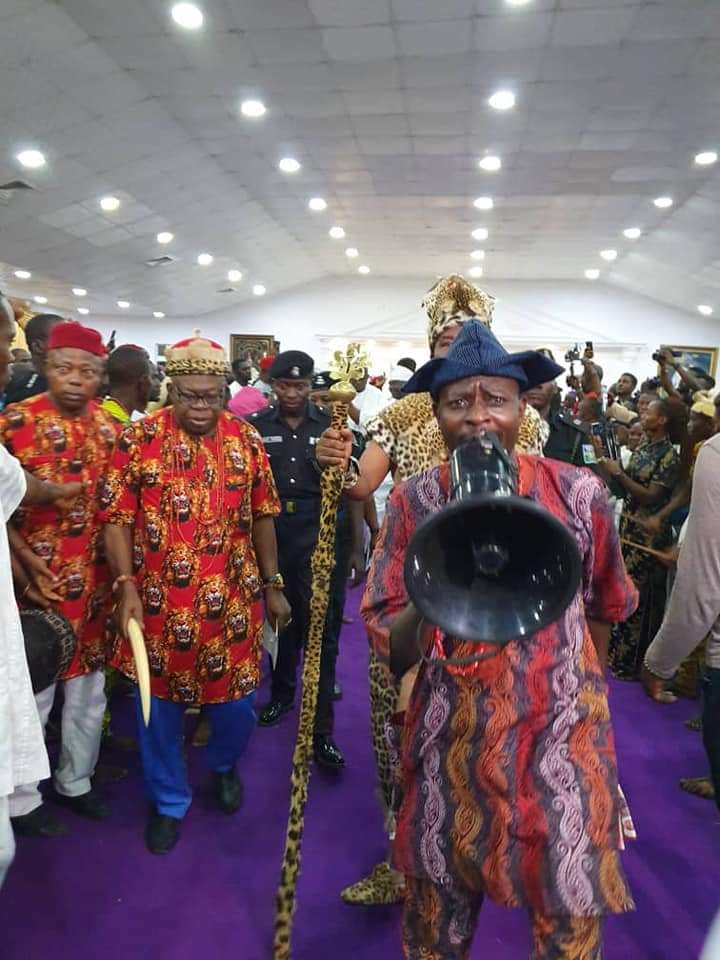
This was the start of the Olojo festival in Ile Ife, celebrating the dawn of humanity, commerating it with the Aare Crown first used by Ogun to inaugurate the festival.
Ife is the origin of humanity and the Olojo festival is used to celebrate the first day of creation and here we were with the monarchs of the two oldest kingdoms of the two largest Original African groups.

Many were focused on the prayers to Eledunmare, Almighty God, the creator of the first day and missed the cultural essence of the presence of the foremost Blacksmith king from the second largest Original African ethnolinguistic group at Oguns festival of humanity.
In the pantheon of Yoruba ancestral spirits, Ogun is the patron Saint of Blacksmiths that opened the migratory paths across the world. The Ijaws that spread across the Delta from ancient coastal Ife had his essence, just as the Igalas, Kwararafa and Middlebelt were Ogunda.
Nri kingdom was the foremost Igbo kingdom which produced metal and artworks. While some kingdoms were known for cavalry, fishing, imperialism, Nri was known as the land of blacksmiths, with Akwa with 33 villages at its heartland.
The oldest known Iron smelting spot dated to around 1900BC is Lejja in Nri kingdom, which is 500 to 1000yrs before many European and Asian civilizations changed to iron.

Across many knowledge systems, it is accepted that the Iron Age started from around 2000BC to 4BC also known as the Age of Aries, the Age of Ogun.
Biblically, this was the era of the first horseman in Revelation 6v1 “I looked, and there before me was a white horse! Its rider held a bow, and he was given a crown, and he rode out as a conqueror bent on conquest”.
Ogun and the Aare crown!
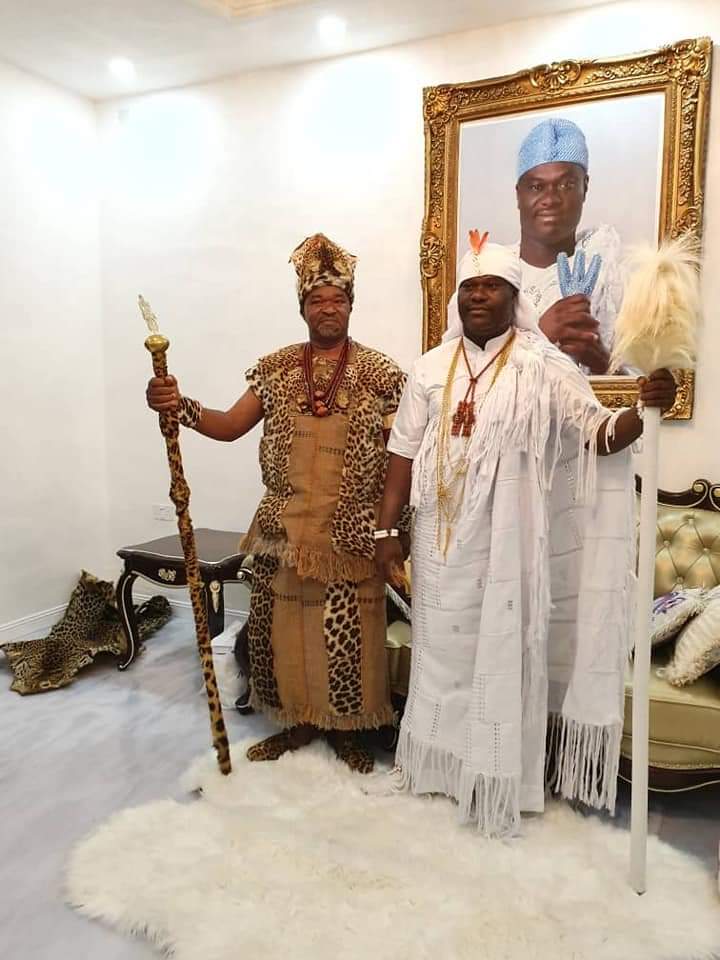
And here we have Eze Uzu of Awka, the anglicized word of Oka. From the land of Blacksmith Ogun kings that spread Original African civilization to Sumner and beyond, here to celebrate humanity and the Olojo crown, dressed in Orunmila leopard regalia.
What a profound symbolic entrance.
The following day, the festival proper commenced with another royal cultural riddle, as Oonirisa donned the Obalufon attire with its prominent red beads.
This was another wow moment and this time the pictures went viral and tongues started wagging.

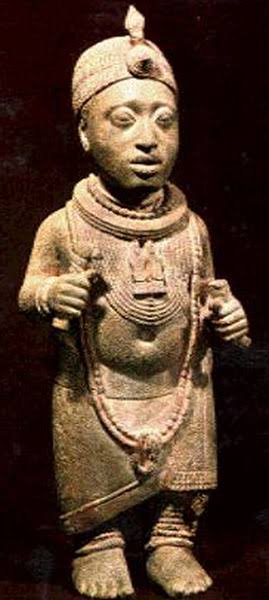
Some cultural novices queried whether it was a Bini adaptation, not knowing that overtime Yorubs had relegated heavy beaded attire and wraps for agbada. This was quintessential Obalufon, the philosopher king that laid the city planning of the current Ife and commissioned its most popular and lasting artworks, the Ife masks.
Obalufon lived in era after Ogun/Iron age, the Age of Olokun/Pisces that institutionalized art and religion. The Ife and Igbo Ukwu artworks were also commissioned.
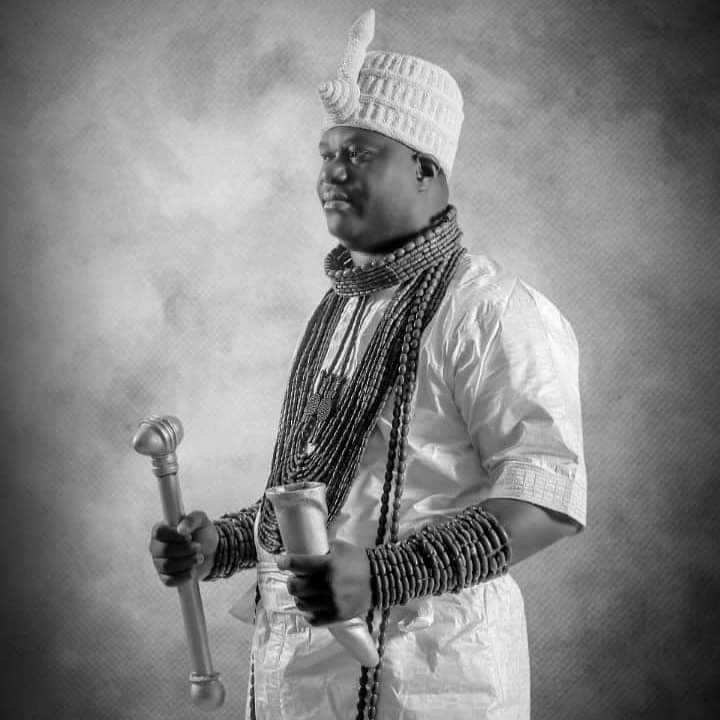
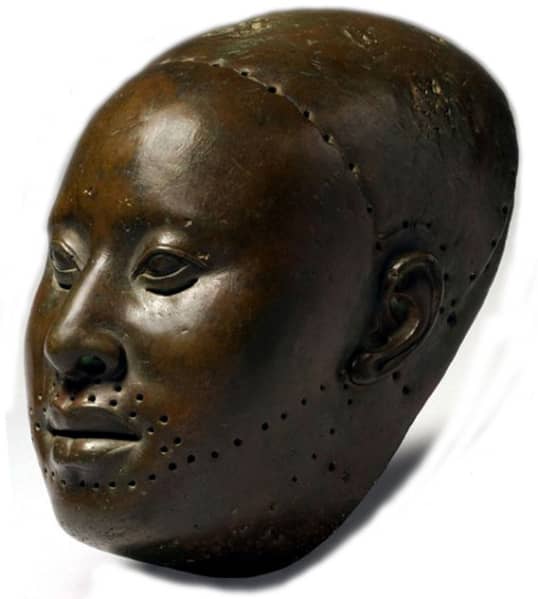
The festival showcased all the Orishas and among a variety of ancient and modern performances.
To wrap it up, we had a regal display by the Yeyelua, the Queen, with a cultural dance troupe from Akure, Yorubas easternmost capital. The land of the oldest surviving palace in Black Africa. Akure meaning Akun RE, where the cultural beads broke is where the cultural linkages began to diverge and reconverges.
Oonirisa Ogunwusi, at the cusp of a new 2000 year Age, is not only reflecting the past but forging a new reality of uplifting and unifying Original African culture.
Only the deep can hear the deep and understand the riddles of Oonirisa, a wise philosopher king that operates at a higher level.
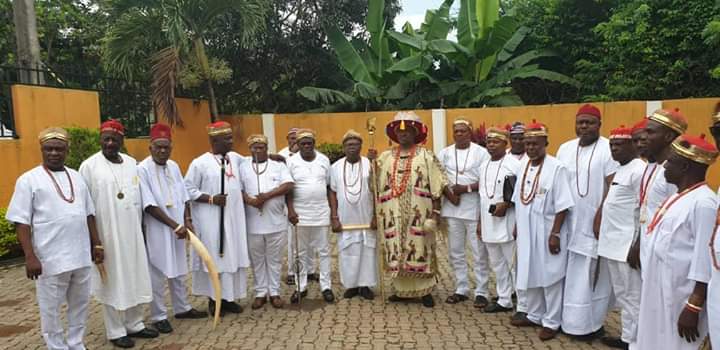
While some complained of not mentioning Ogun enough in the prayers, or too much Eledunmare leaning towards Abrahamic syncretism, Oonirisa surely got the right spiritual and cultural mix at the just concluded Olojo festival.
Kabiyesi paroko ni, this sense won’t kill us, but make us wiser!
Prince Justice Faloye
President, ASHE Foundation
